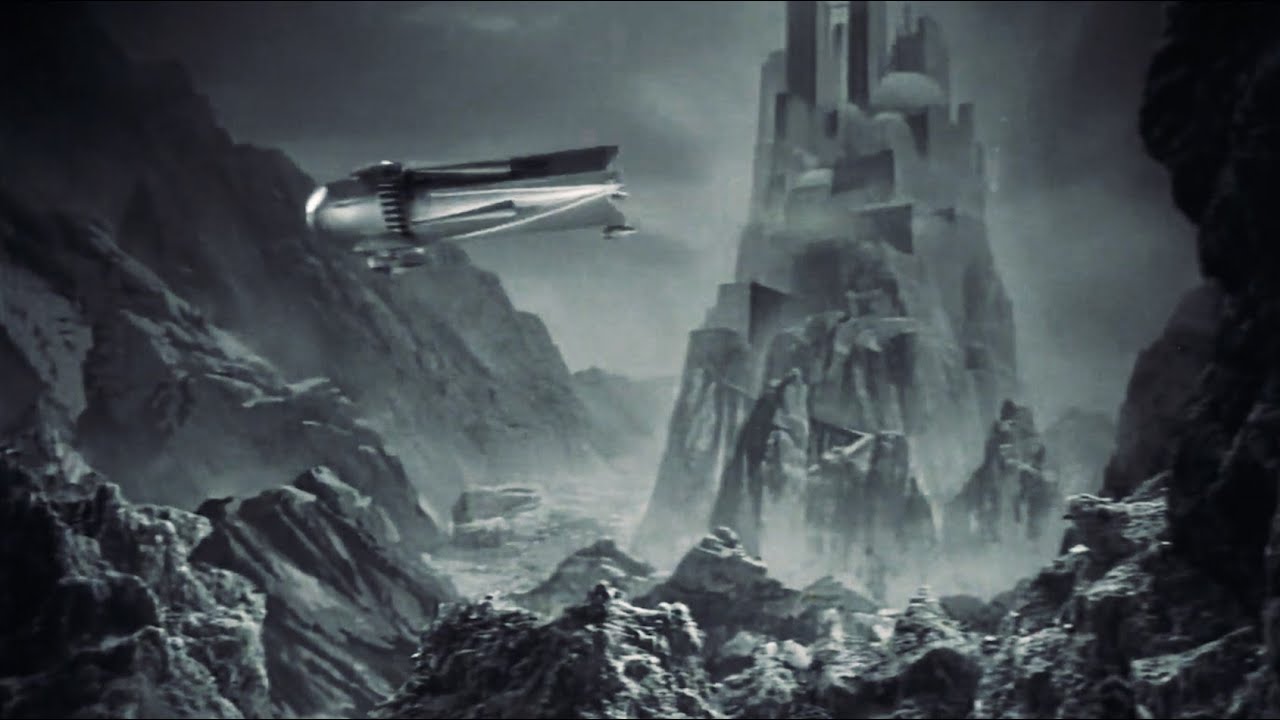nah let’s redistribute their assets
yep. heh heh heh
Pre Connie
HAHAHAHA
I had issues with mofos banning me for spamming the forum with gay porn
how uninclusive
short and to the point
Volodos pimpzon
Now we want a Lolados pimpzon
kinda imaginative
yeah, 60 seconds worth of octaves.
That how long most dudes gonna last anyway lol
haha da maksim pimpzon pozz just first 2 lines with drum backing track
wiz sum octs simplified to single notes
![]()
tax write-off?
There are a lot of dub step and bass drop elements in Liszt sonata if you think about it.
it’s a pretty good song.
pretty much, yeah
This a lot better than orchestra
![]()
piano solo version:
In the case of Les Préludes , easily the most popular of Liszt’s thirteen symphonic poems, Karl Klauser may have prepared a rough draft before Liszt took the job over (Liszt issued the piece as a ‘Partition de piano par K. Klauser, avec des additions de F. Liszt’) but the final text was entirely Liszt’s responsibility. The structure of the piece differs from the orchestral score (whose final version dates from around 1854) in a few minor matters towards the end. The work was originally sketched as an introduction to a large-scale choral/orchestral work, Les quatre élémens , to a poem by Autran. When the music was reconstructed for the symphonic poem, Liszt allied it to Lamartine’s poem Les Préludes , although it is clear that the programmatic function of the title—along with the poem: ‘What is our life but a series of preludes to that unknown song of which the first note is sounded by death? …’—is really just an afterthought to encourage the listener to attach extra-musical philosophy to abstract musical ideas. Despite the comparative post-war decline in the work’s fortunes—aggravated by Hitler’s enthusiasm for it—Les Préludes remains a good introduction to the world of Liszt’s orchestral music, with its neatly defined structure and attractive melodic ideas, most of which derive from the opening phrase. (The similarity of the second theme to the trio from Schubert’s ‘Great’ C major Symphony may be regarded as entirely accidental, since the Schubert was unpublished and unknown at the time of Liszt’s first conception of his melody.) Liszt also published versions of Les Préludes for two pianos and for piano duet. The solo piano transcription is in the spirit of Liszt’s Beethoven and Berlioz transcriptions in its attempt to be as faithful a recreation of the texture and spirit of the original as possible, rather than simply a literal account of the notation.
figures
ahead of its time
